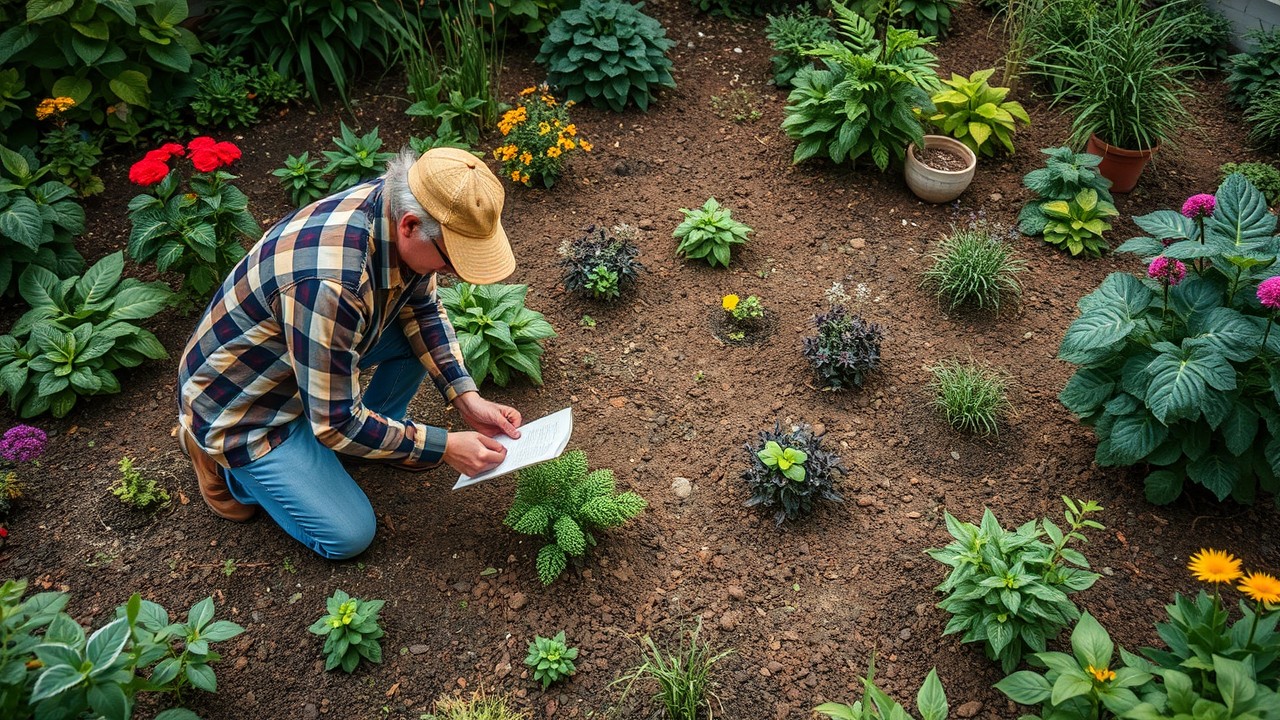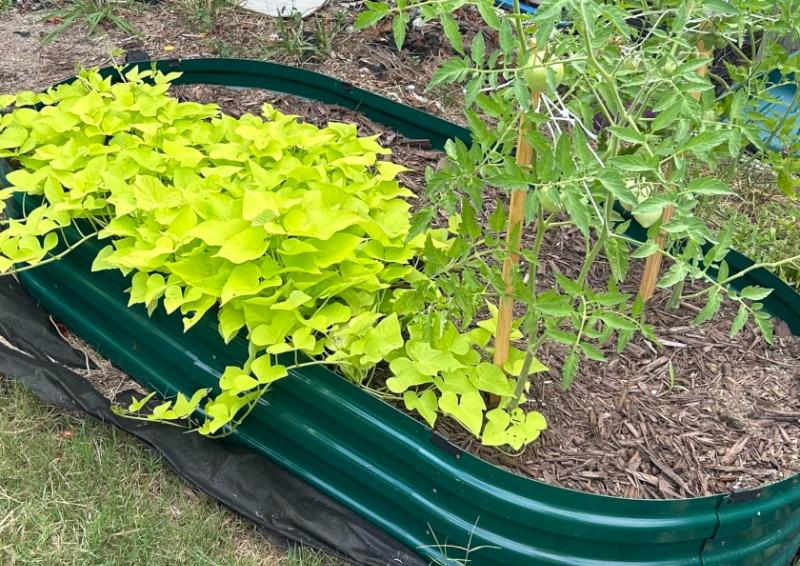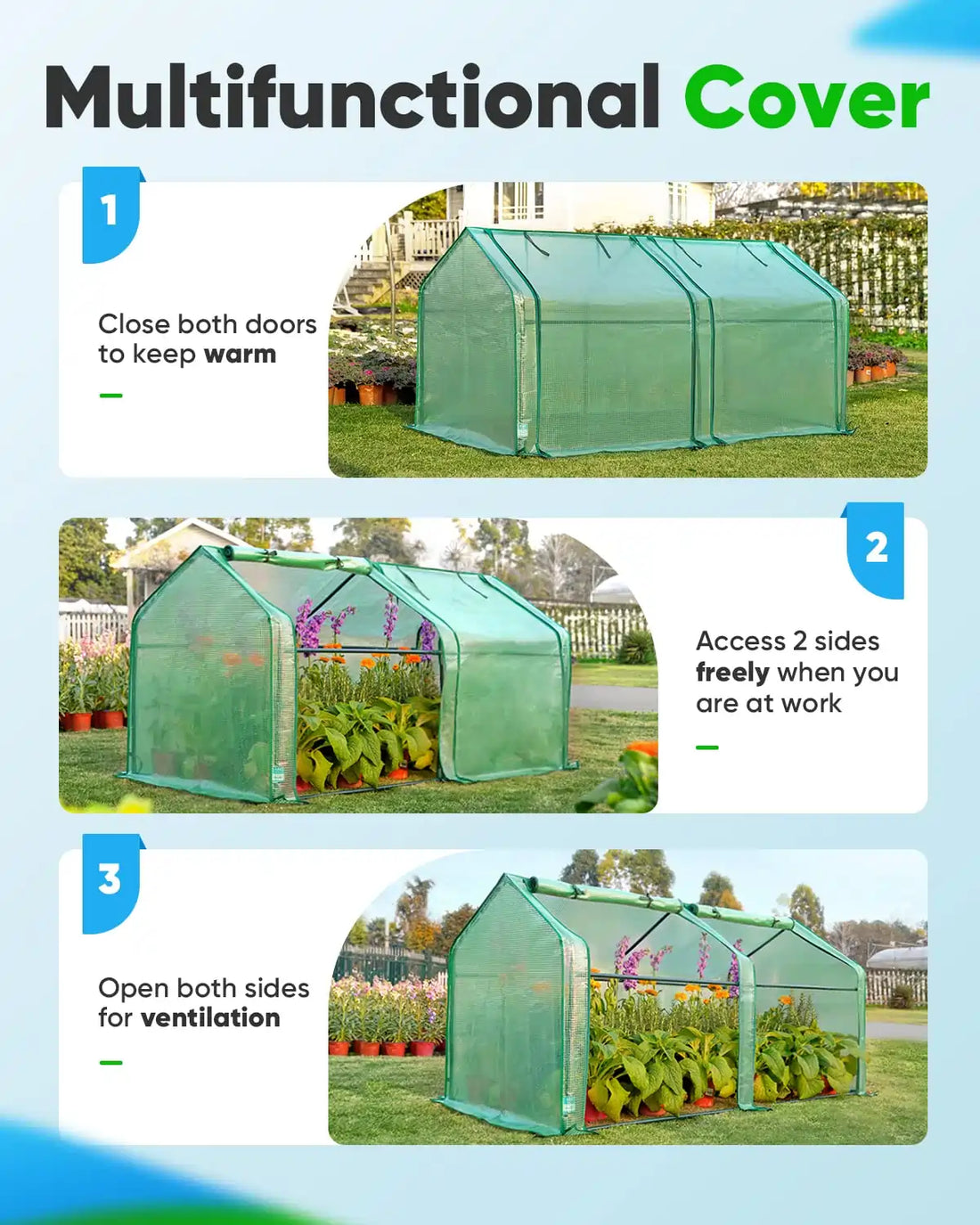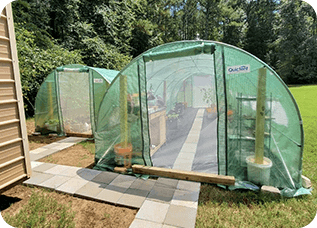The path to abundant life in a garden is not just lined with hopeful seeds and sun-filled rays but actually prepared even before the planting begins. The earlier you start with the crucial tasks of garden preparation, the more time and effort you will save later on, and the better conditions your plants will have to thrive. This step-by-step garden preparation guide will walk you through each critical step to peak spring garden readiness for a season of plenty.
Pre-Garden Preparation Guide
Mapping Your Green Space
Begin by assessing your current garden space before any physical labor has been done. Take this chance to envision changes or improvements you may want to implement. Mapping out your new design, taking careful note of where plants that require full sun and partial shade or full shade go. Take into consideration the existing structures, pathways, and water features and work them into your garden preparation guide.

Learning from Experience
Take some time to go over the notes you kept during the last gardening season. The review of these successes and failures is important in honing your garden preparation activities to avoid making the same mistake over again. Note not just plant performance, but also any pest and disease problems.
Seed Ordering and Inventory
Are you running low on your favorite varieties, or would you like to try new cultivars? Now is a great time to order new seeds from catalogs or online, choosing varieties that will be suitable for your climate and soil conditions. It's also the right time to determine your timeline for starting seedlings indoors to get some plants that really need a head start.
Indoor Seed Starting
Get a jump on the growing season and boost your spring garden readiness by giving seeds an early start indoors for crops that take a long time to mature. Tomatoes, peppers, eggplants, and some herbs are great candidates for indoor starts. Plan when to start each plant for the best timing; save time this way, making sure healthy young plants are ready when the ground thaws to plant out.
Mapping Crop Rotation
Avoid nutrient depletion in your soil and reduce pest and disease problems at the same time by taking care in crop rotation, and systematically moving different plant families through your garden every year. The idea here is to stop any potential soil-borne diseases or pests from causing an infestation and keep your soil as healthy as possible for maximum overall yields and robust plants. This is a low-cost, low-tech spring garden readiness strategy that can save a world of headaches later on.
Tool and Equipment Preparation
Garden Tool Sharpening
Dull tools make the work of gardening much harder and fatiguing. Sharpening of shovels, hoes, pruners, and other cutting tools is part of your garden preparation jobs. Acquire a good tool sharpener or, if inexperienced, take your tools to a professional for proper sharpening of garden tools. Well-cared-for and sharp tools will make your work in the garden easier and less taxing.
Garden Tool Repairing or Replacing
Now is the opportune time to address any tools that are damaged or broken. Whether it be tightening loose handles, replacing broken parts, or buying a new tool altogether, ensuring your equipment is top-notch is critical for garden preparation tasks and an efficient gardening season.
Organizing the Garden Shed
Take some time in advance of the busy season to get your tools and supplies organized. Hang the tool in its place, label the shelves and drawers, and have all your important equipment at your fingertips. An uncluttered area not only saves time but minimizes stress levels.
Checking Irrigation Systems
Take time to check and test your irrigation system or hoses for leaks, blockages, or any form of damage. Check your sprinklers, and drip lines, and fix problems before the season begins, thereby assuring that water does not go to waste and plants remain healthy.
Soil and Garden Bed Preparation
Soil Testing and Amendment Selection
Soil testing should be done beforehand to know its pH and nutrient composition before planting takes place. Accurate testing will tell you which nutrient deficiencies or excess levels are present to determine what kinds of amendments to add to your garden area. Knowing your soil enables you to take whatever corrective steps are necessary now, which maximizes plant health through proper soil preparation.
Adding Compost
Add copious compost or other organic matter to garden beds to improve fertility and structure. This is a very key soil preparation that enhances drainage, aeration, and overall nutrient levels in your soil. Compost adds microorganisms, which are great for plant health and vigor. Adding compost is among the easiest and most effective ways to create the best conditions for your plants to thrive and is part of any good garden preparation guide.

Loosening the Soil
Using either a shovel or a tiller to loosen compacted soil considering this provides good aeration and improves drainage. All these benefits make it easier for the plant roots to grow and access the correct nutrition for healthy root development.
Garden Cleanup
Clean up all the remaining debris of plants, weeds, rocks, and other refuse from your garden beds. This important step in cleaning up your garden reduces the risk of harboring pests and diseases and gives your newly planted crops a clean start.
Elevated Growing Spaces
If your garden utilizes raised beds, take time to inspect for any damage to the frames and repair them before planting begins. If you’re considering introducing raised beds, now is a good time to plan for construction. Raised beds provide superior drainage, and are easier to manage compared to traditional garden plots, setting a good foundation for spring planting preparation.
Quictent garden bed recommendation
71''x36''x36'' Mini Greenhouse. This product combines the use of a greenhouse with a garden bed. It will protect your plants from the natural elements. This two-in-one raised garden bed is suitable for a variety of scenarios, whether it's a patio or a garden.

Landscape and Ecosystem Preparation
Landscape Maintenance
Starting the pruning of perennials and shrubs and giving them shape or riding them off an unwanted layer of winter debris. For this type of landscape, regular maintenance also includes pruning all dead, diseased, or bug-infested plant material; this will result in very beautiful new growth.
Planning New Landscape Features
Now consider what new additions you will add to your landscape in the form of paths, patios, and/or seating areas. This planning aspect is vital in making sure that the flow of your space is efficient but also allows you to integrate garden planning with a greater landscape.
Encouraging Beneficial Wildlife
This means that you are going to increase the biodiversity within your garden ecosystem by attracting more useful insects and other pollinators. You would probably set up bird feeders, bird baths, and insect houses that would attract useful wildlife for you in the control of pests and in the pollination process. This is an essential part of your spring planting preparation by improving biodiversity and balancing the ecosystem of your garden.
Conclusion
Planning this maintenance of the garden in advance minimizes potential problems later on. Having done all the abovementioned tasks in a proper way, you create the perfect background for spectacular results - when speaking about the growth rate and crops, of course. Happy gardening, and may your efforts result in more than you hope to harvest.








